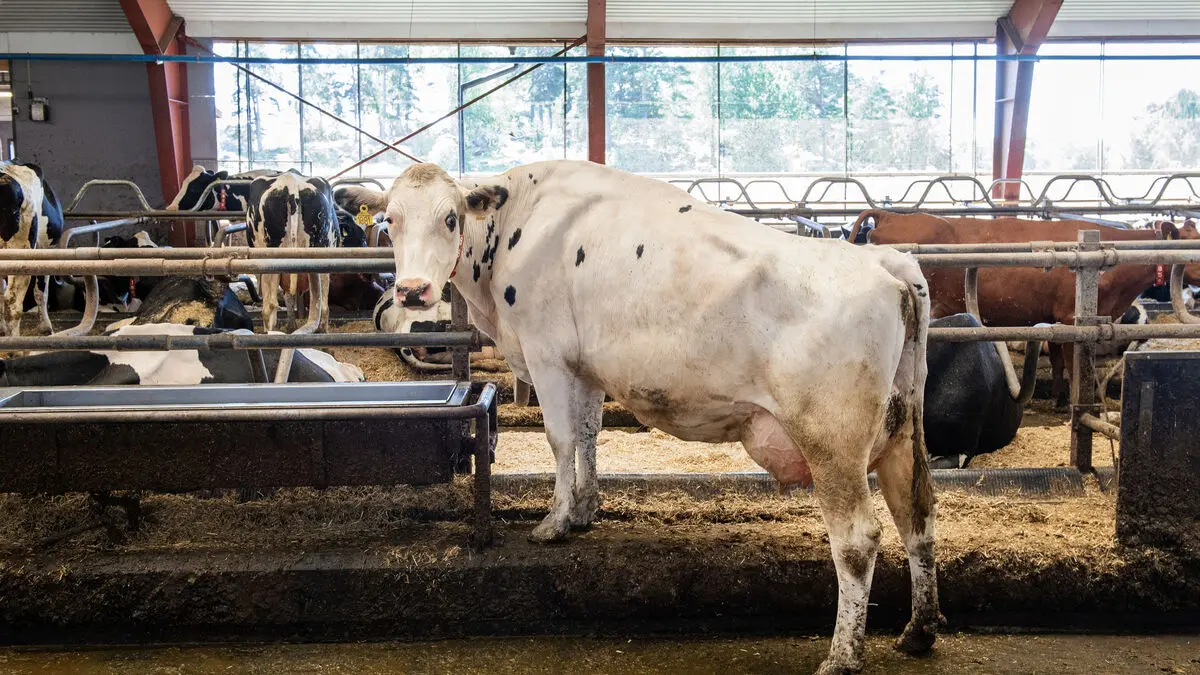The number of housing starts decreased by 1.3 percent in October compared to September, according to the Construction Start Indicator from Citymark Analys/Byggfakta. And overall, if one also counts construction outside the housing sector, the Construction Start Indicator remained flat between the months.
The indicator signals that the annual rate for the number of housing starts has leveled out around 25,000, a bit below the official figures, says Tor Borg, analysis manager at Citymark Analys/Byggfakta.
Drag support ceases
Large industrial investments and some public investments in schools and healthcare have kept up construction in recent years, according to Borg. But this drag support is about to cease.
Looking at what's in the pipeline, it doesn't look like the upswing will continue, rather it's about leveling out at the current level or slightly lower, says Borg.
The slowdown in housing construction hit with full force in 2023 – after two years marked by inflation and sharp interest rate hikes, which have pressed down demand.
Last year, the National Board of Housing, Building and Planning estimated the need for new housing to 67,000 per year. But that figure will be lowered in the next calculation, which is expected to be ready around the turn of the year, according to Bengt J Eriksson, housing market analyst at the National Board of Housing, Building and Planning.
The reduction is linked to a significant reduction in the forecast for population growth by Statistics Sweden (SCB).
Does not need to build as much
In early December, SCB will also release statistics on the number of vacant housing units around the country, a factor that also affects construction needs.
If there are many vacant housing units, you don't need to build as much, says Eriksson.
Both Borg and Eriksson expect that housing construction can get a boost from current levels if interest rates continue to fall and real wages recover.
It can also have a positive effect on demand and payment ability if the investigation proposal for a higher mortgage cap and softer amortization requirements is implemented, according to Eriksson.
If people can pay a bit more, it can also be built a bit more.





